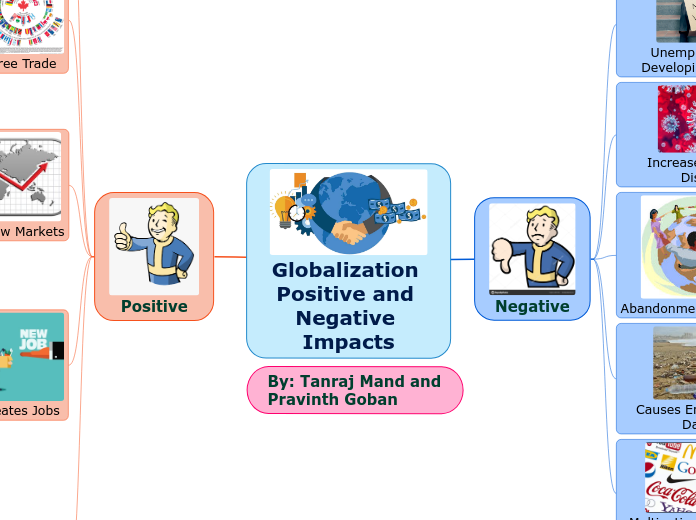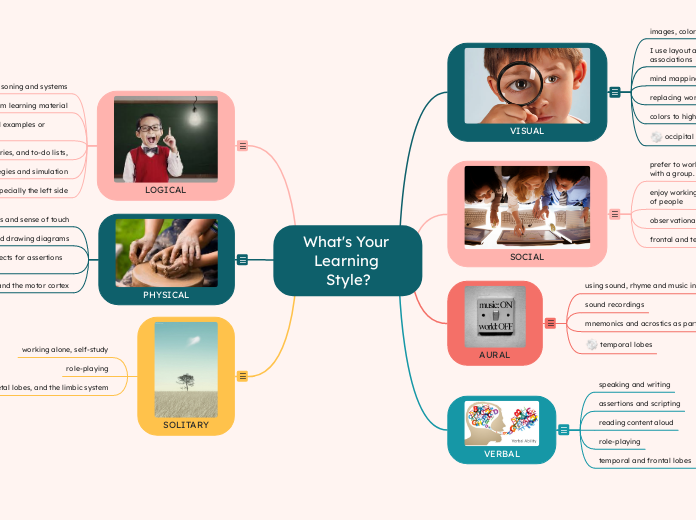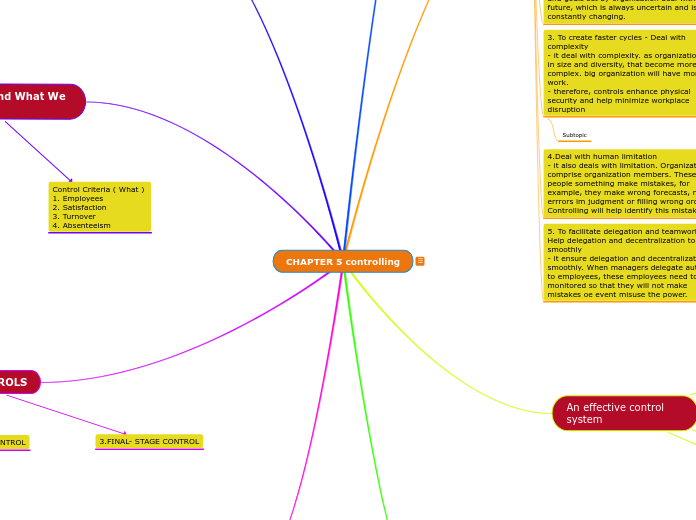por Jessica Parker hace 6 años
201
Comprehension
Vocabulary and comprehension are closely linked in the learning process. Effective comprehension development relies on environments that encourage interest in new words, active student participation, and integrative instruction across various subjects.









